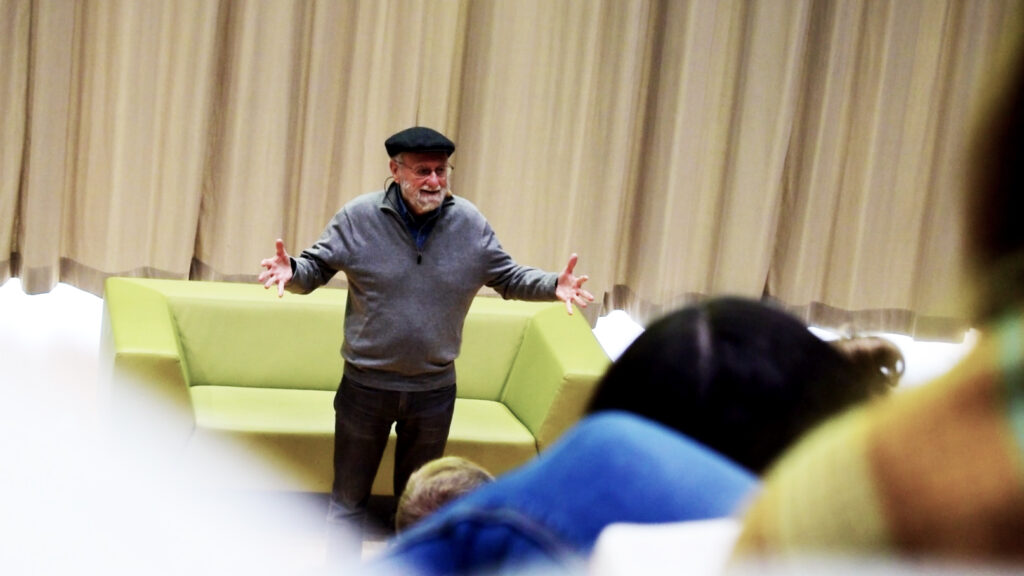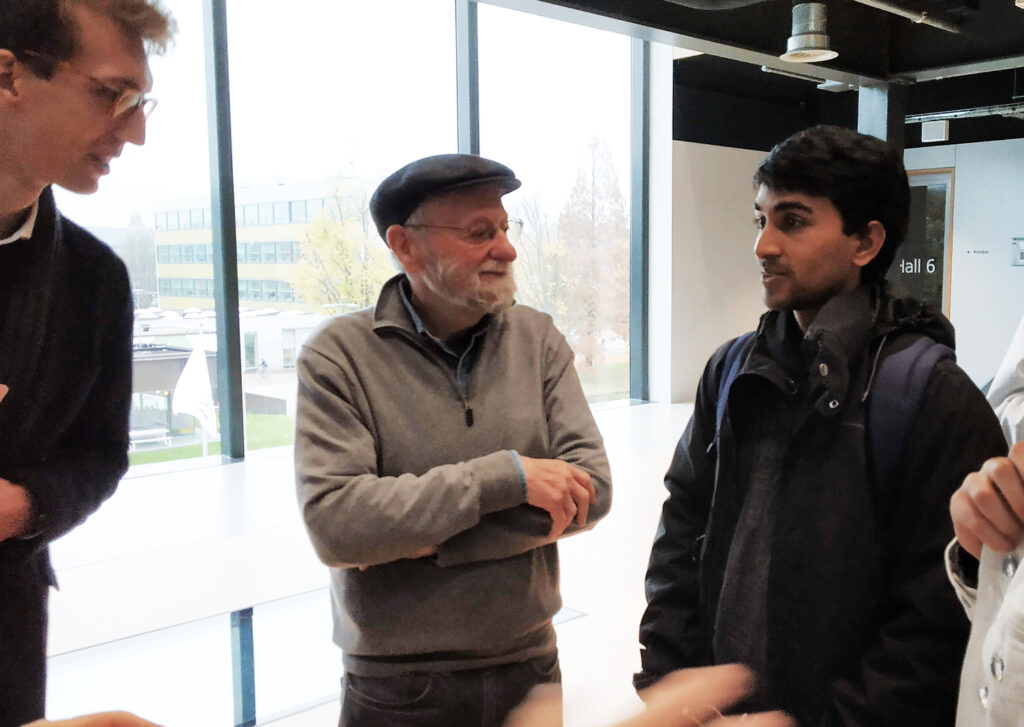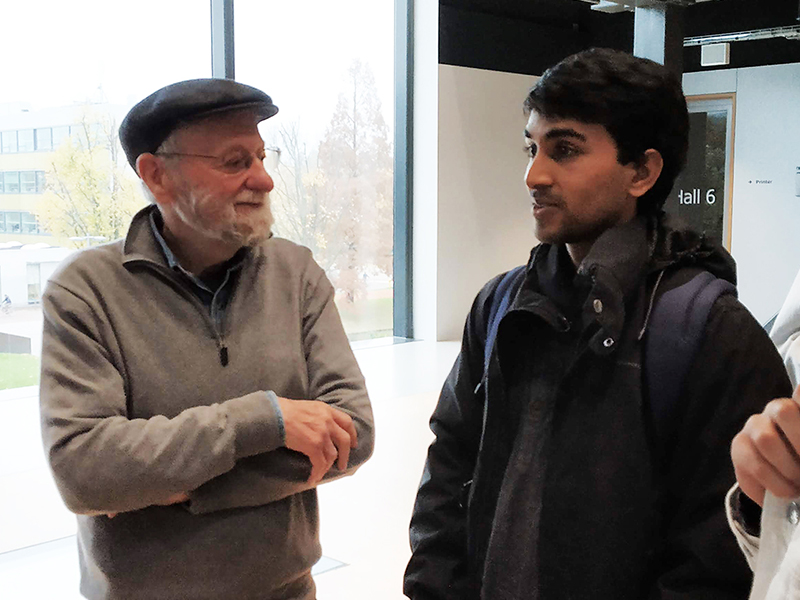should we even design anymore? an excerpt from Q&A with Don Norman and discussion at MMID
December 27, 2019
Around 5 years ago, ‘The Design of Everyday Things’ was the book that introduced me to the field of industrial design. Back in the day, I carried it everywhere I went and was amazed by the attention to the details of the world that is offered in each of its chapters.
When I got to meet its author, a superstar in the world of design, psychology, and cognitive science, Don Norman, I was elated.
As soon as I found out Don was going to be in Delft for a week, I looked for events and adjusted my schedule to make sure I could interact with him. I found a match in a Q&A Session at IDE TU Delft, and I couldn’t be more eager to be inside that hall.

He talked about some of his plethora of experiences and had a fun, insightful story to go along with his answer to every question. When the moment came, not a second passed by before my hand shot up in the air.
My question to him was, “As a product designer, sometimes the best solution I find to problems and project briefs, is to not design. Do you share this feeling?”
This statement is right at the heart of sustainability and design for the future and has kept me awake on many nights. It questions everything I do and that I am working towards. I was exceedingly curious to hear what he has to say about this.
Norman finally eased into the couch placed in the middle of the stage for him. After a few silent moments, he reiterated Victor Papanek, “This brings us back to Papanek, “There are professions more harmful than industrial design, but only a few.” ”
He was referring to the first sentence of Papanek’s book, Design for the Real World. But why would Papanek introduce his very profession with such a negative stance? The reason is pretty clear to me. Design, in any form, has the power to ‘add’ to the world. With this power, comes the responsibility of choosing what to design, what gets made, and what people use. It has the power to create, modify, and control what people demand, and again in turn, what gets created. If you look at this loop and scale it up, this is quite some influence on the world and the way we use our seemingly abundant resources.
Norman carried on, “We blame designers, and that implies we assume that designers have more power than they really do.” He stated the fact that very few designers have the power to decide what should or should not be made. Once the management decides to do something, it is very hard for someone lower in the hierarchy of companies say it is a bad idea. Neither is it difficult for management to find someone else willing to do exactly as they say. Moreover, some things that are bad for the environment are often good for the business, “and that’s evil, that’s wrong.”
“So how do we fix that?”
“Don’t solve the problem you are given. Find out what the real problem is.” The real problem is not that we design things that are bad but that we are asked to do so. And yet we don’t have much power to say no.
“So how do we change that?”
He continues, “One thing we have to do is to get ourselves in a position of power.” We need more designers that are, say, CDOs, CEOs, Managing Directors, not only of small companies but also of large companies.
“However, that’s not enough.” Because we have to change the culture and behavior of people. He gave a practical example of cars. While it is fascinating to have automobiles that go from 0 to 100 in 4 seconds, is that feature something people really use? That’s what people crave and buy, but do they really need it? Will it ruin their lives if it takes them a few seconds longer?
“Maybe people should brag about how slow their car is or that it takes 20 seconds to go from 0 to 100”, because it is indeed more efficient than those superfast cars.
I agree that this is a very specific example and there would be plenty of people on the other side of the argument. But I still believe the time we are living in to be a time to re-think what we really need and should care for. And more importantly, what we should design.
When I took this fresh line of thought to my MMID colleagues the next hour, it was welcomed with a healthy discussion. Jiaji Zhao offered his perspective that if industrial designers wouldn’t do their jobs, someone else would do it. And then, we’ll have badly designed products, services, and solutions.
Why give away the opportunity of making a difference when we have the ability to do so?
This brought us to what MMID majorly focuses on – products and projects that have the possibility of creating real value and making an impact on people’s lives, be it for a very specific segment like parents of premature babies or wide audiences like users of smart thermostats. The products developed here don’t scream ‘me-too’ on their package but come with their own character, ethos, and value. And that is what I love most about the company, the quintessence.
The 15th day of November was crucial for me as an alignment of my North, reassurance that what I’m working towards and where I’m working make absolute sense, and I will be grateful to Don Norman and MMID for the same.

PS: Please keep in mind that the quoted text might not be the exact words of Don Norman but my best recollection from memory and notes.

